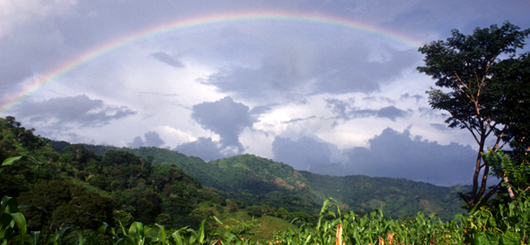Tools
Integrated development approaches are implemented through a planning model that involves: (i) analyzing the current situation and recent evolution of the territories from the perspective of economic competitiveness, social cohesion, environmental sustainability and the degree of participative governance; (ii) propose action strategies for development plans and investment projects that employ said strategies; iv) monitor and evaluate these investments and ensure that they are sustainable from an economic, social, environmental, and institutional perspective.
The content of each component of government plans (whether municipal, departmental or national) and their operation plan for specific actions or investments must involve participatory processes and reinforce the communities’ capacity for self-management.
The following instruments are often used to verify whether the specific investments are sustainable from an economic, social, environmental perspective:
• Economic assessment. The economic sustainability of the investments in a territory refers to the capacity to continue generating benefits over time, including the continuous availability of the resources used. The RuralInvest tool developed by FAO offers a methodology for the preparation and assessment of investments.
• Social assessment. Social sustainability requires compliance with international standards for safeguarding human rights, promotes social inclusion and equal opportunities, and enables local governments to comply with their obligations of protecting the rights of indigenous communities. FAO’s tool for Social analysis of rural and agricultural investment projects offers a series of matrices and instruments for monitoring social aspects in the territory.
• Environmental impact assessment. This tool ensures that the invested resources provide the long-term sustainability each project needs. By creating frameworks for protecting natural resources, habitats and biodiversity, it allows for the clear establishment of regulations for mitigating risks and adverse effects on the environment derived from investment projects in the territory.

